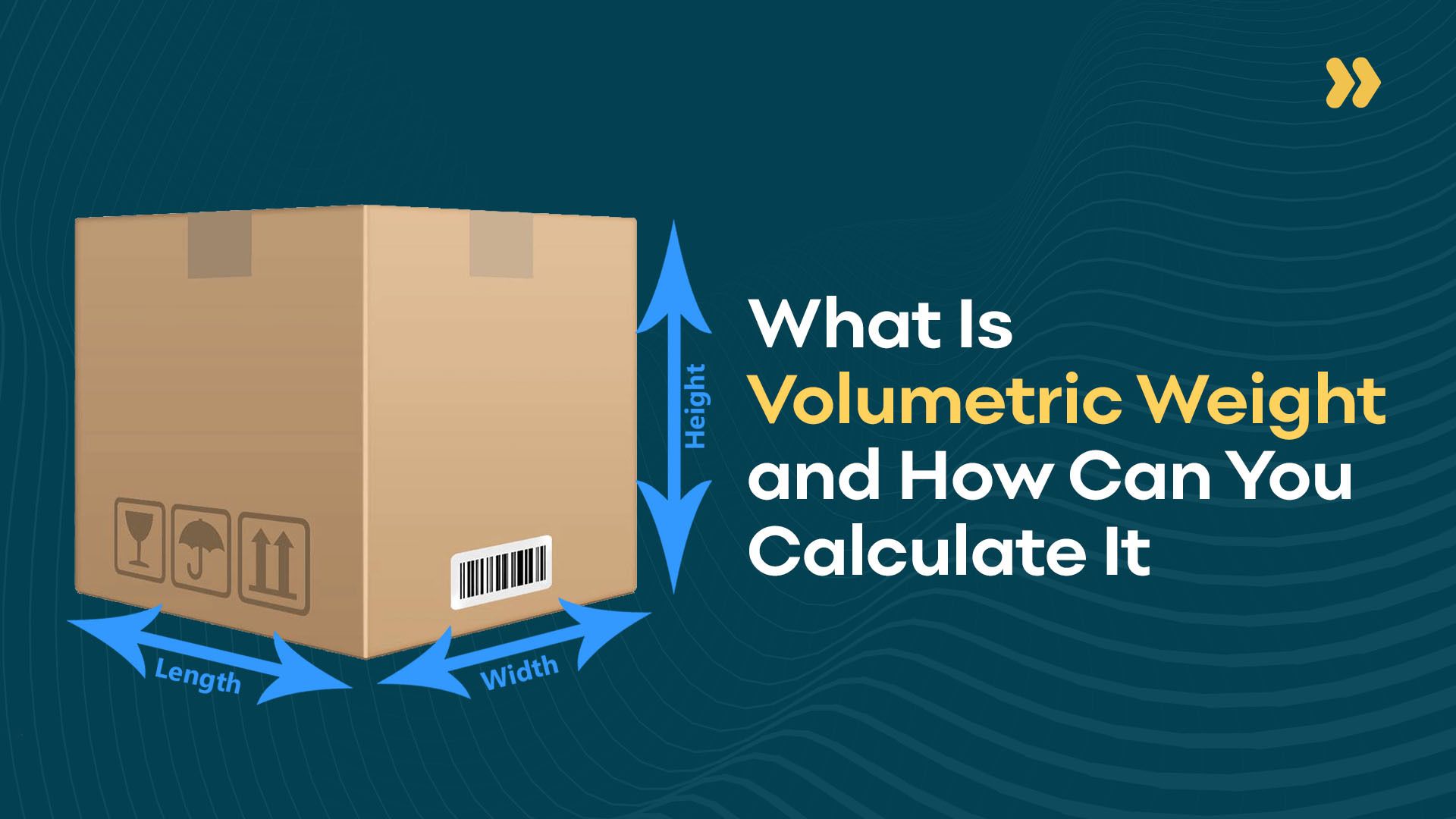What Is Volumetric Weight and How Can You Calculate It

When I was younger, my dad ran a printing press and regularly imported ink, paper, and machine parts from Germany. I went with him to the Apapa seaport to clear the goods and listened in on conversations with his clearing agents. During those trips, two words always came up in conversations: actual weight and volumetric weight. I never really thought about it much back then. But now that I work for a company enabling global commerce, I realize their importance.
Both terms may sound random, but they play a significant part in the cost of shipping. They are the reason you will pay more money to ship a teddy bear weighing 5lbs than a box of books weighing 15lbs. And we all know that when you are shipping internationally, every Naira counts. So what is actual weight? What is volumetric weight? Is there any difference between them? And how do they affect your shipping costs?
This blog post will explore the meaning of actual and volumetric weight in shipping. You will also learn their differences and how to calculate both weights for your shipment correctly. By the end of this post, you will understand how to use that knowledge to save shipping costs.
What is Volumetric Weight?
Volumetric weight, also called dimensional weight, is a measure of the density of a package. You can calculate it by multiplying a package's length, width, and height, then dividing it by a DIM divisor (or dimensional factor). A DIM divisor is a unit of measure used to calculate the volume of a shipment, and it differs based on the shipping company. UPS uses a DIM divisor of 166 for retail customers, FedEx uses a DIM divisor of 139, and Heroshe uses 166.
What is Actual Weight?
The actual weight is the actual weight of a package. See what I did there? Seriously speaking though, it is the total weight of your goods and packaging combined. If a laptop weighs 6 lbs and the packaging weighs 4lbs, the actual weight is 10lbs. To calculate your shipment’s actual weight, weigh your goods on a shipping scale and round up to the nearest whole pound. Then, add the weight of any packaging material you use (such as boxes, bubble wrap, etc.). The total sum is your shipment’s actual weight.
It is important to note that couriers measure actual and volumetric and charge you based on the higher weight. And that weight is called the billable weight. All freight companies, including UPS, FedEx, and DHL, use the same premise of using billable weight to calculate their shipping costs.
How to Calculate Volumetric Weight
To calculate volumetric weight, you need to know the package's dimensions (length, width, and height) and the DIM divisor for your carrier. If the products are in boxes, you can find the dimensions on the label. You can find the measurements using a measuring tape if you are shipping loose items.
Once you have these measurements, multiply the length by the width, by the height, and divide by the DIM divisor.
Here is a step-by-step guide to calculating volumetric weight:
- Measure the width, height, and length of your package. If your package doesn't have a perfect shape, you can find the measurement using a measuring stick.
- Round up the measurement for each dimension to the nearest whole number.
- To get your cubic size, multiply the rounded-up dimensions (length, width, and height).
- Divide the cubic size of your package by the DIM divisor.
- Round it to the nearest whole number, and you have the volumetric weight!
To put it into practice, we will look at the example I mentioned earlier in the article about paying more to ship a teddy bear than a dumbbell. We will start with the teddy bear that weighs 5lbs. Its dimensions are 15.4 inches long, 16 inches wide, and 3.5 feet (42 inches) tall. Let's also assume we are shipping it with Heroshe, whose DIM divisor is 166.
Actual weight: 5 lbs
Volumetric weight:
16 x 16 x 42 = 10,752 / 166 = 64.77 lbs

When you round up the final figure, you get 65 lbs! And since it is 60 lbs more than the actual weight, this will be your billable weight.
Here is another example, again using Heroshe's DIM divisor of 166. Let us assume you are shipping three boxes of notebooks weighing 33lbs each, and measuring 15 inches on all sides. Here is what your calculation should look like:
Actual weight:
3 (boxes) x 33lbs = 99lbs
Volumetric Weight:
15 x 15 x 15 = 3375 / 166 = 20.33 lbs x 3 (boxes) = 60.99
As you can see, the total volumetric weight is 61 lbs. In this case, since the total actual weight, 99lbs is higher, that will be the billable weight.
Why Is Volumetric Weight Important?
Volumetric weight is important because it plays a huge part in your shipping costs. As I mentioned earlier in the article, most couriers measure actual and volumetric and charge you based on the higher weight. As a business owner or mini-importer, it is vital to understand the actual and volumetric weight and how they relate to your shipping fees. This knowledge can help you cut shipping costs significantly.
How Can You Make the Most of Volumetric Weight?
There are a couple of ways to use the knowledge of volumetric weight to your advantage. Here are two of them:
- You should package your items efficiently. You can do this by ensuring your items get packaged in the smallest box possible.
- It would be best if you always tried to keep both actual and volumetric weights close. You can do this by mixing low and high-density packages.
In our next article, we will explain order consolidation and how it can help you reduce your shipping costs. You can subscribe to the Heroshe blog to receive a notification when it goes live.
If you want to discuss creative shipping solutions or have questions about volumetric weight, don't hesitate to contact a Heroshe expert. We are always happy to help.

